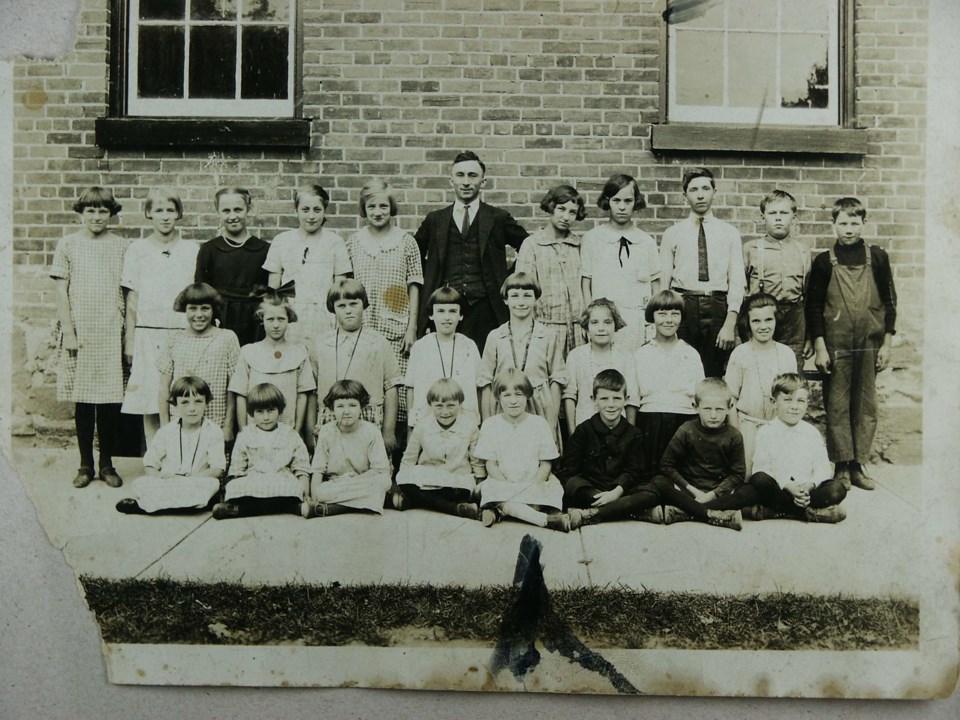Ontario’s roadways were once littered with blink-and-you’ll-miss-it crossroads hamlets.
In the 19th century, tiny settlements popped up like trilliums in a springtime forest, dotting the landscape. And, like trilliums, most of these hamlets bloomed only briefly.
One such vanished community is Steele’s Corners in Bradford West Gwillimbury.
Bradford-born John Steele opened a smithy on the southwest corner of Yonge Street and the 14th concession. His shop thrived and became a hive of activity. Farmers would come to get their horses shod or tools mended. Stages rattling along the busy road might stop to get wheels re-rimmed or to water their teams. The blacksmith shop became such a prominent landmark that locals began referring to the crossroads it sat at as Steele’s Corners.
Right around the time Steele opened his smithy, a school was built nearby to educate the children of the farms that stretched across the rolling landscape. Prior to this, children had to trek to Gilford for education. The Steele’s Corners school, SS#14, was of frame construction. Inside, it was rather primitive, with thick planks as benches, a small wood stove for heat and, initially, no blackboard.
Religion was important to settlers, so every community of any size boasted a church. Steele’s Corners was no exception. A Methodist church with an adjacent graveyard was built a kilometre north of the crossroads. Opposite stood a hall where members of the Orange Order met and where dances and other community functions were held.
Steele suffered a string of misfortune. In 1867, the smithy burned down. It was then the height of the Fenian Scare when Irish-American radicals launched raids into Canada to force Britain’s hand in granting Ireland its independence. There were wild rumours the shop was the victim of Fenian arson. It almost certainly wasn’t.
Steele rebuilt. This second shop burned as well, so once again the frustrated blacksmith had to start fresh.
Despite these temporary personal setbacks, Steele’s Corners grew. By 1888, the now nearly four-decade-old school was weary and too small to serve the growing student body. A replacement was needed, so a fine brick building was built in its stead. The student body regularly topped 40 in those days.
Steele’s Corners began to fade with the dawning of the new century, but it tenaciously clung to life.
Steele died in 1911, but his smithy was assumed by his son, William, and operated for two more decades. The Orange Hall closed in 1933, when membership dipped to a mere handful. It was moved to Cookstown. It took a lightning strike and subsequent fire to end the days of the church. And the school? Well, it endured until 1960.
Remnants of Steele’s Corners remain. Zion Cemetery, a graveyard without its church, still stands. Many members of the community are buried within. The one-time school is still with us as well, now a private residence. The man who started it all, John Steele, lies in the graveyard of another lost crossroads hamlet, Coulson’s Hill, just to the south.






